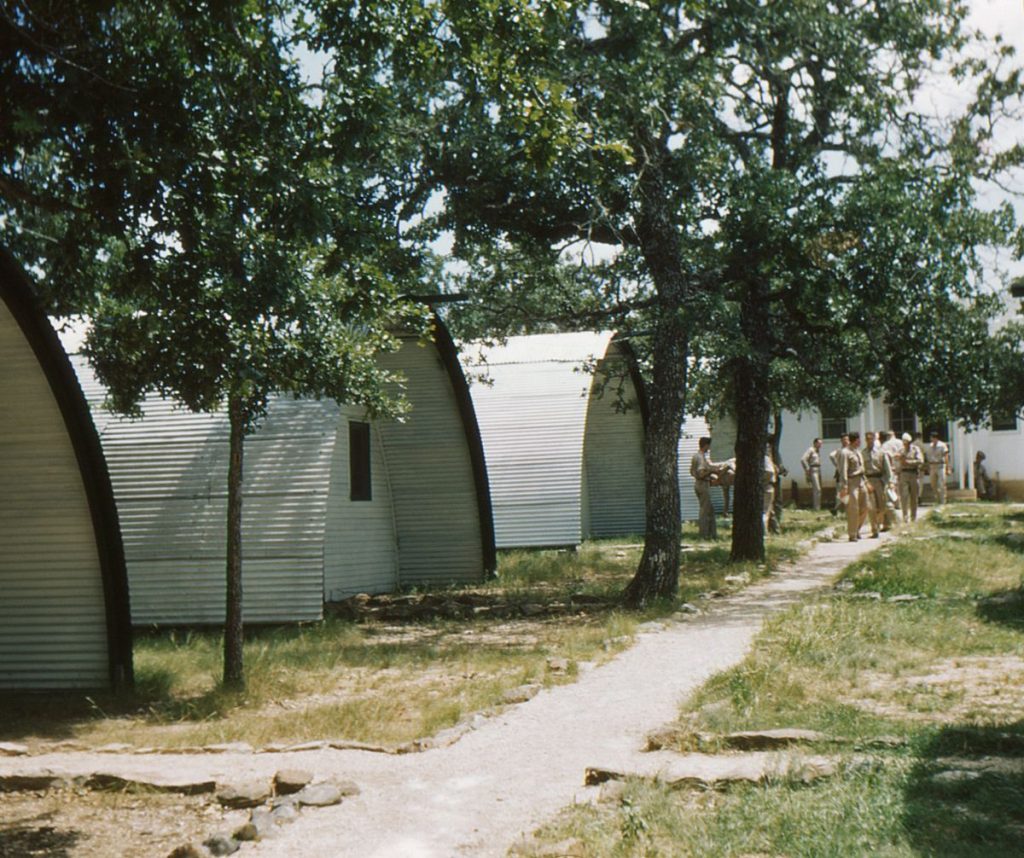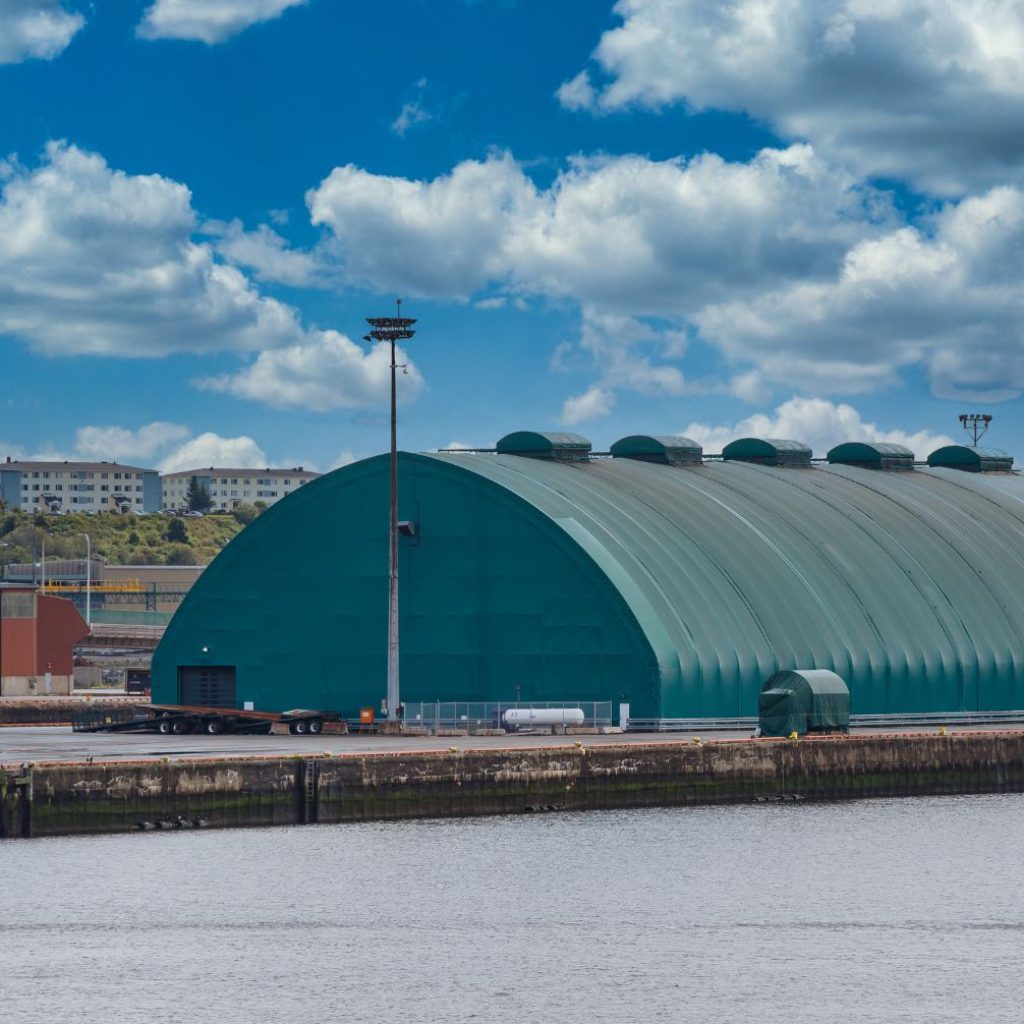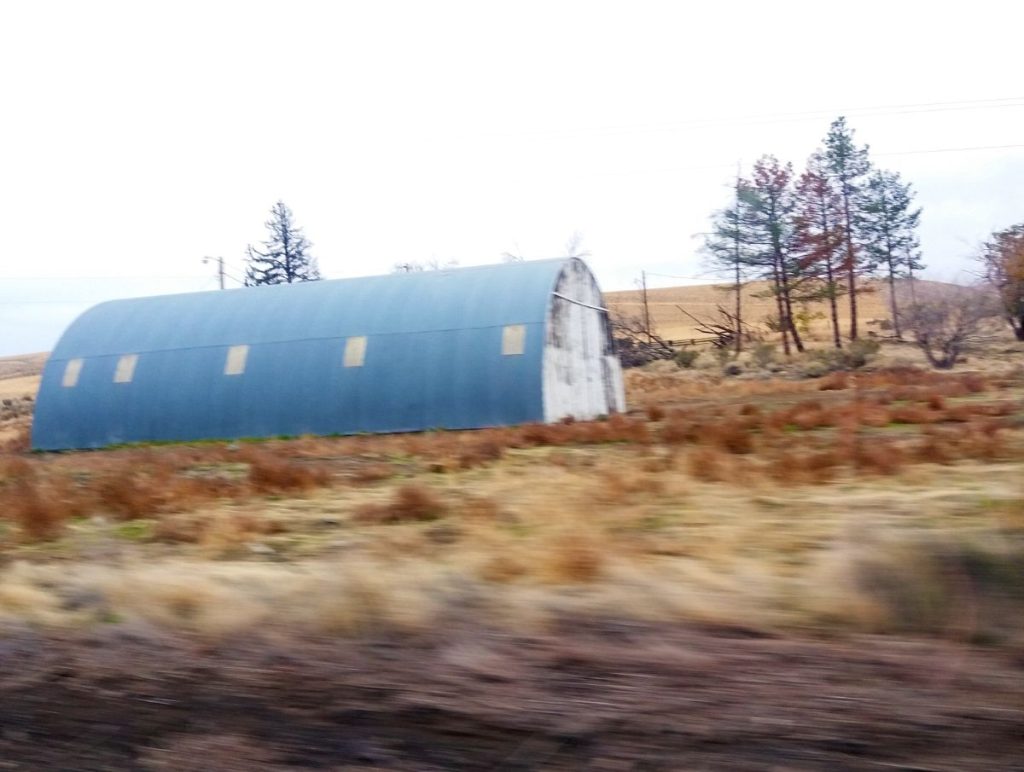Last Updated on October 30, 2025 by teamobn
In the realm of architectural innovation, few designs have captured the imagination and reshaped the landscape quite like Quonset structures, also known as Quonset huts.
Contents
From Military Barracks to Modern Marvels: The Evolution of Quonset Structures
Originally developed during World War II for military use, these iconic structures have since evolved into versatile and sustainable solutions for various applications.
Today, architects and visionaries worldwide are embracing Quonset structures, revolutionizing how people think about design, construction, and sustainability.
This article explores some of the notable individuals and industries that have embraced these architectural marvels.
Commercial and Retail Innovators
Quonset structures have emerged as innovative and versatile solutions in the realm of commercial architecture, contributing to the evolution of retail and commercial spaces.
These structures, known for their distinctive curved shape and minimalist aesthetics, are gaining popularity due to their unique visual appeal and ability to create memorable shopping experiences.
One of the key advantages of Quonset structures is their adaptability, allowing businesses to customize and design dynamic spaces that align with their brand identity.
The open and flexible floor plans provided by these structures offer ample opportunities for creative layouts, enabling retailers to optimize the use of space and create engaging environments for customers.
This versatility makes Quonset structures suitable for a range of commercial ventures, including trendy boutiques, concept stores, and experiential retail spaces.
The unconventional architectural design of Quonset structures also adds an element of intrigue and visual interest to the commercial landscape.
Their curved shape and sleek lines create a modern and eye-catching appearance, setting them apart from traditional rectangular buildings. This unique aesthetic can captivate passersby, attracting attention and drawing customers into the space.
Quonset structures have the potential to become landmarks or icons within a commercial district, creating a memorable impression on visitors and enhancing the overall ambiance of the area.
Beyond their visual appeal, Quonset structures offer practical benefits for commercial ventures. These structures are often prefabricated, which means they can be manufactured off-site and assembled relatively quickly.
This feature is advantageous for businesses looking to establish a retail presence promptly or test out new markets with pop-up shops. Quonset structures can be easily transported and installed, providing a cost-effective and efficient solution for temporary or seasonal retail ventures.
Additionally, the durability and sustainability of Quonset structures make them an appealing choice for environmentally conscious businesses.
Many Quonset structures are constructed using recyclable materials and have excellent energy efficiency due to their curved shape, which reduces surface area and heat loss.
By opting for a Quonset structure, businesses can align their operations with sustainable practices and enhance their brand image.
Industrial Giants and Warehousing
A Quonset hut has emerged as a game-changer for industrial giants and warehousing facilities. 
Their simple, prefabricated design allows quick and cost-effective construction, making them ideal for large-scale storage. The open-span interior provides uninterrupted floor space, accommodating various storage requirements.
With their durability and ability to withstand extreme weather conditions, Quonset structures have become a worldwide go-to choice for industrial warehousing.
Agricultural Revolution
The agricultural sector has also embraced Quonset structures as a means to enhance productivity and sustainability.
These structures provide an efficient solution for various agricultural needs, such as crop storage, livestock housing, and equipment storage. The curved design of Quonset structures allows for efficient air circulation, reducing the risk of moisture buildup and preventing damage to crops and livestock.
Furthermore, their lightweight yet durable construction makes them easy to relocate or expand, giving farmers the flexibility to adapt to changing needs.
Residential Innovations
Quonset structures have transitioned from their industrial roots to become a prominent feature in residential architecture, revolutionizing the way we think about homes.
Architects and homeowners alike are embracing the advantages of these structures, which include affordability, energy efficiency, and durability, leading to the growing popularity of Quonset homes.
One of the key benefits of Quonset structures in residential applications is their affordability. These structures are often prefabricated, meaning they are manufactured off-site and then assembled on the property.
This construction process can be more cost-effective compared to traditional building methods, making Quonset homes an attractive option for individuals seeking a unique and affordable housing solution.
In addition to being budget-friendly, Quonset homes also offer energy efficiency benefits. The curved shape of the structure reduces surface area, minimizing heat loss and increasing energy efficiency.
This design feature can contribute to lower heating and cooling costs, creating a more sustainable and cost-effective living environment. Furthermore, Quonset homes can easily incorporate renewable energy sources, such as solar panels, due to their open roof space, further enhancing their energy efficiency and reducing their environmental impact.
Quonset homes provide a distinct living experience that blends modern design with a touch of nostalgia. The open floor plans and curved interiors of these structures create spacious and light-filled living spaces, promoting a sense of openness and connection.
The absence of load-bearing walls allows for flexible interior design and layout options, enabling homeowners to personalize their living spaces according to their preferences and needs.
The durability of Quonset structures makes them well-suited for residential applications. These structures are engineered to withstand extreme weather conditions, including high winds and heavy snow loads.
They are resistant to pests and rot, providing homeowners with a long-lasting and low-maintenance housing solution. The durability of Quonset homes contributes to their sustainability, as they can remain structurally sound for many years, reducing the need for frequent repairs or replacements.
From a sustainability perspective, Quonset homes offer several advantages. The use of recyclable materials in their construction contributes to reducing waste and minimizing the environmental impact.
Additionally, their energy-efficient features and the ability to incorporate renewable energy sources align with the goals of environmentally conscious individuals seeking sustainable housing options.
Emergency Response and Humanitarian Efforts
Quonset structures have proven valuable assets in emergency response and humanitarian efforts worldwide. Their quick assembly, portability, and resilience make them an ideal solution for temporary shelters, medical facilities, and disaster relief operations.
These structures can be rapidly deployed to provide immediate aid to those affected by natural disasters or humanitarian crises. Their versatility and adaptability ensure that affected communities receive the necessary support efficiently and effectively.
Conclusion
The embrace of Quonset structures by various industries and visionary architects is a testament to their enduring appeal and versatility.
From industrial giants to retail innovators, from agriculture to residential dwellings, and even in emergency response efforts, Quonset structures, or quonset huts, are revolutionizing the architectural landscape.
Their unique design, affordability, sustainability, and adaptability make them an attractive choice for those seeking to push the boundaries of traditional construction.
As architects and individuals continue to embrace Quonset structures, we can expect to witness more revolutionary architectural marvels emerge in the years to come.






